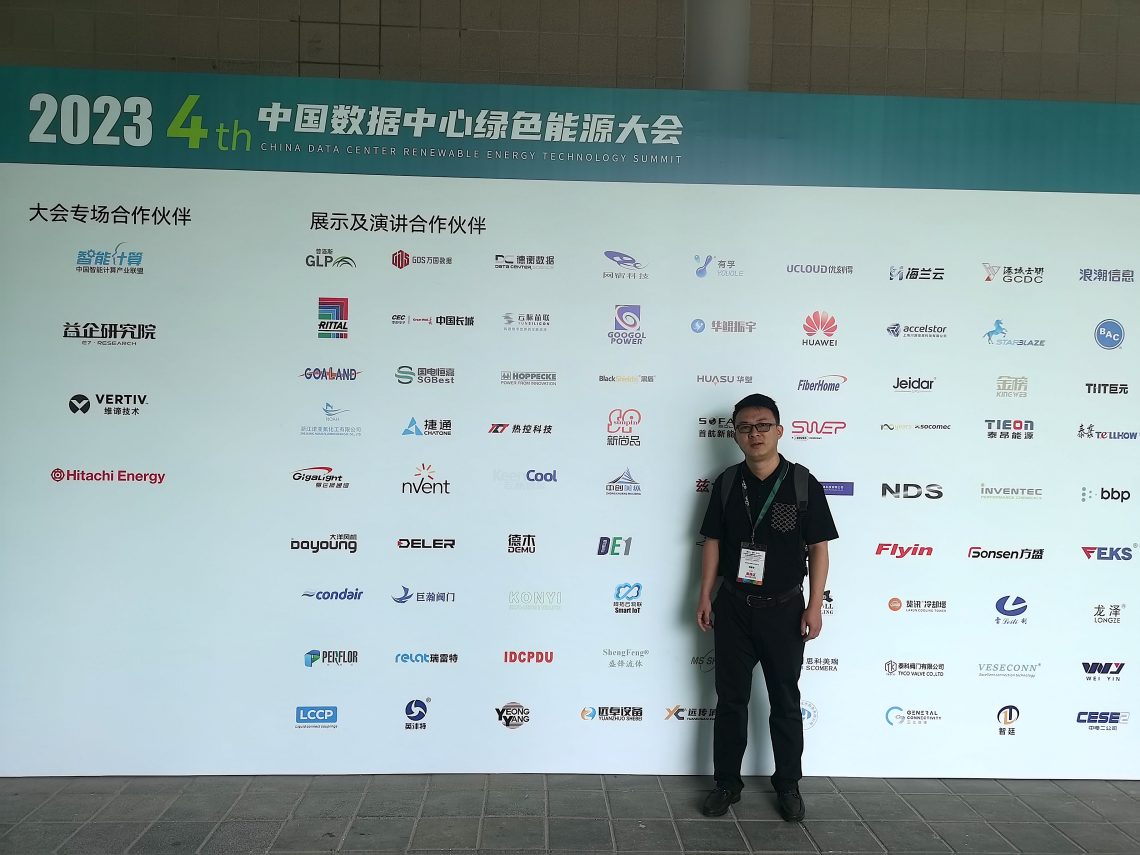FTTH (Fiber to the Home) is a state-of-the-art communication network that delivers fiber optic signals directly to the customer’s premises. It provides high-speed internet, voice, and video services using Passive Optical Network (PON) technology and ensures reliability and efficiency in communication. The network requires multiple elements including hardware, software, management systems, and security measures, to function efficiently and offer seamless services to its users.
key2optics.com
FTTH (Fiber to the Home) network architecture refers to the setup of a communication network that delivers fiber optic signal directly to a customer’s premises. It is a highly efficient and reliable technology that provides high-speed internet, voice, and video services.
In an FTTH network, the service provider has the optical line terminal (OLT) at its end, which acts as the central hub. The OLT is connected to the optical distribution network (ODN) through optical fibers. ODN is responsible for distributing the optical signals to the end-users through optical network units (ONUs). ONUs are connected to the customer’s premises equipment (CPE) like routers or modems, which convert the optical signal into a usable format for the end-user’s devices.
FTTH networks use Passive Optical Network (PON) technology, which enables multiple users to share a single fiber and distribute signals at the end of the fiber distribution system (ONU).
Additionally, other technologies like Ethernet and Wi-Fi can be used in an FTTH network to provide better services.
When building an FTTH network, other factors like software, management systems, security measures, etc. must also be considered along with the hardware. The cabling of the network is also an important factor to ensure efficient laying of the fibers and to avoid signal attenuation and interference.
In conclusion, FTTH network is a complex system that requires consideration of multiple factors to ensure efficient, secure, and reliable communication services. Service providers need to strictly follow standards and processes to build and maintain the network for its efficient operation.




